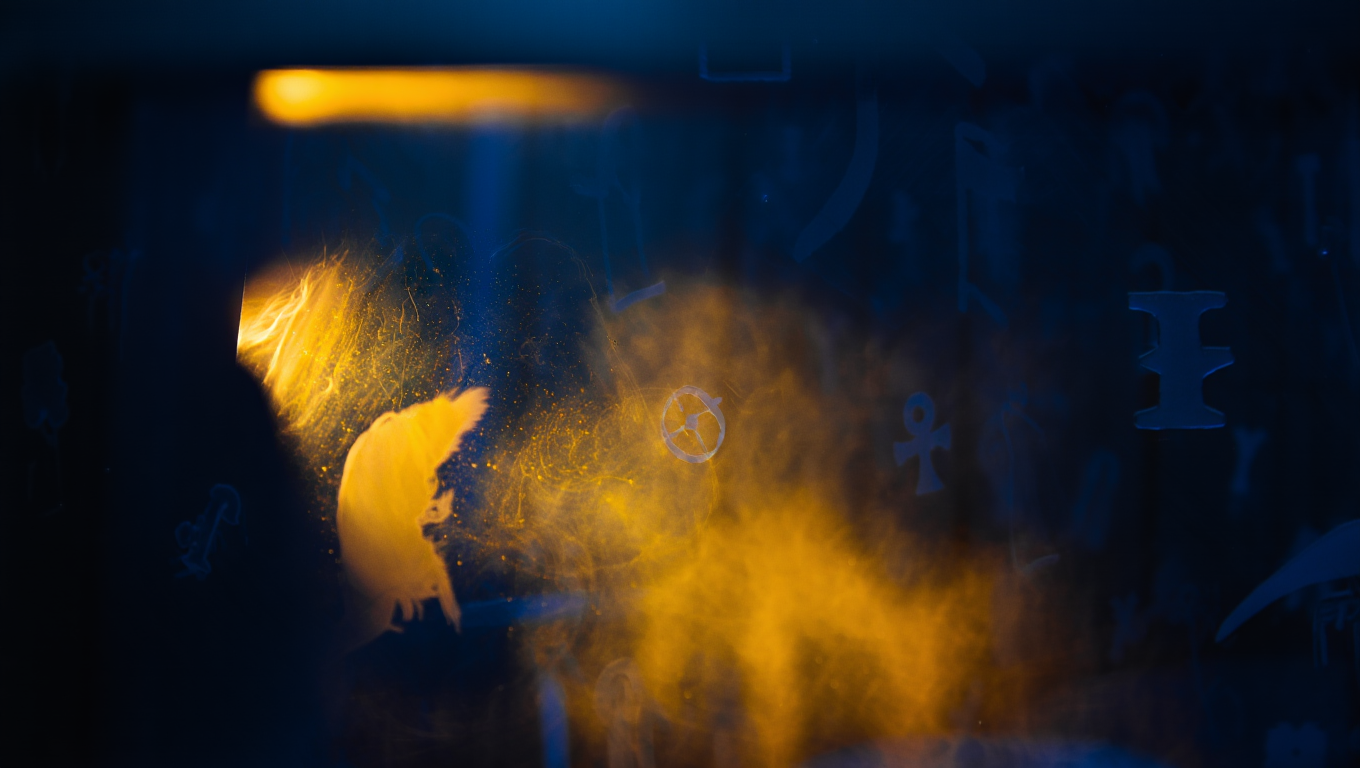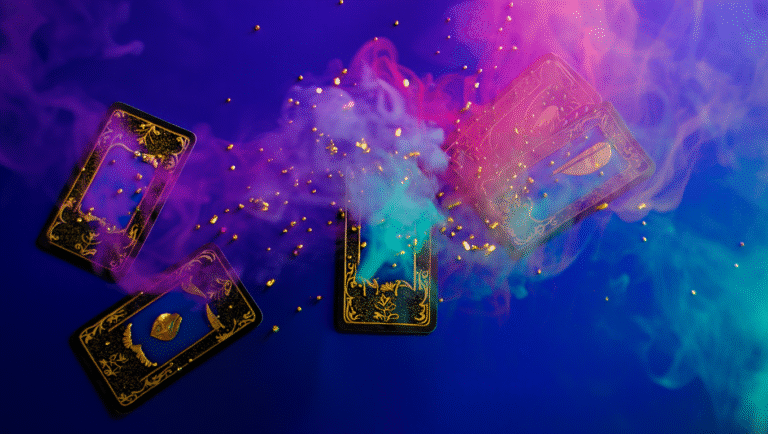Creating Onboarding Rituals for Teams
Onboarding a new team isn’t just about paperwork and awkward icebreakers. In today’s fast-moving, hybrid work world, teams crave genuine connection and shared purpose. As someone who’s designed onboarding rituals for everything from scrappy startups to Fortune 500 project teams, I’ve learned: a thoughtful ritual can turn a group of strangers into a cohesive crew—fast.
Why Onboarding Needs a Ritual Touch
Let’s be real: most onboarding processes are…forgettable. You get a stack of docs, a link to the Slack, and maybe a welcome lunch if you’re lucky. But what if you could set the tone for trust, openness, and collaboration from day one?
“A well-designed ritual isn’t about woo or forced fun. It’s about creating a moment that says: you belong here, and your presence matters.”
In fact, a 2021 HBR study found that teams with onboarding rituals reported 26% higher engagement and 18% faster ramp-up time. Not magic—just science and intention.
Case Study: The “First Step Circle” for Remote Product Teams
For a fully remote SaaS team, I created a 15-minute onboarding ritual called the First Step Circle. The goal: create a safe, non-cringey moment to acknowledge new beginnings and build trust, even over Zoom. Here’s how it worked and how you can adapt it for your own crew.
Step-By-Step: Designing a Team Onboarding Ritual (15 Minutes)
- Set the Scene (2 minutes): Ask everyone to pause notifications. If you’re remote, encourage cameras on—but no pressure. Share a short explanation: “We’re about to do a quick ritual to mark the start of our work together. No weird chants, just connection.”
- Choose a Simple, Meaningful Object (2 minutes): For our First Step Circle, we used a virtual background of a stone (symbolizing a first step). In-person, you could use a small stone, a plant, or even a coffee mug. The point: a shared symbol, not a prop for prop’s sake.
- Prompt Sharing (7 minutes): Invite each person (including the team lead) to answer one prompt, e.g.: “What’s one hope or intention you have for this team?” Keep it short—30 seconds max per person. If someone wants to pass, that’s okay.
- Shared Action (2 minutes): Virtually (or physically) “place” the object in a circle, or have everyone hold their item up to the camera. Say: “We’re setting this intention together.” Take a screenshot or group photo if people are comfortable.
- Close with Clarity (2 minutes): Briefly state: “You each bring something unique. This is our launchpad—let’s move forward as a team.” Move into regular onboarding content.
Checklist: What You Need for a 15-Minute Onboarding Ritual
- A shared object or symbol (digital or physical)
- A clear, simple prompt for sharing
- Leader/facilitator who explains the purpose (doesn’t need to be a manager)
- Safe space (remind: passing is always okay, no pressure)
- Timer or gentle timekeeping (respect people’s time)
Table: Ritual Supplies for Teams (Remote & In-Person)
| Name | Key Feature | Size/Material | Price Range | Amazon Link |
|---|---|---|---|---|
| Mini River Stones | Natural symbol, tactile | 1–2”/Polished stone | $8–15 (20 pcs) | See today’s deal |
| Succulent Desk Plants | Easy care, living symbol | 2” pot/Live plant | $12–25 (set of 3) | Check price on Amazon |
| Colorful Mug Set | Everyday object, practical | 12 oz/Ceramic | $20–35 (set of 6) | See today’s deal |
| Crystal Starter Kit | Variety, aesthetic | 10 pcs/Assorted stones | $14–25 | Check price on Amazon |
Pros & Cons: Common Ritual Tools
- River Stones: Pros—natural, grounding, affordable. Cons—may feel random if not explained. Best for: Tech teams, hybrid groups.
- Desk Plants: Pros—living, symbolic of growth. Cons—not for black-thumb folks. Best for: Creative teams, in-person.
- Mugs: Pros—relatable, useful. Cons—less symbolic. Best for: Everyday workspaces.
- Crystals: Pros—visually appealing, can tie to team values (e.g. amethyst for clarity). Cons—avoid heavy “mystic” talk. Best for: Teams open to new ideas, design/branding.
Quick-Start: 15-Minute Ritual Setup Template
- 1–2 min: Brief intro and context (why this ritual?)
- 2–3 min: Distribute or “show” your object
- 7–8 min: Go around with your prompt (30 sec per person)
- 2 min: Group action (raise objects, photo, statement)
- 1 min: Transition to next onboarding activity
Recommended Tools & Links
- Mini River Stones — for tactile, grounding rituals.
- Succulent Desk Plants — for a living symbol of growth.
- Colorful Mug Set — for practical, everyday connection.
- Crystal Starter Kit — for teams open to visual and symbolic elements.
- HBR: The Power of Rituals in the Workplace — research and stats.
Tips for Making Your Ritual Inclusive
- Keep it secular: Use language that’s welcoming to all backgrounds.
- Participation is voluntary: Always allow a “pass.”
- Avoid jargon: Simple, plain English beats mystical wording.
- Timebox it: Respect busy schedules; 15 minutes max.
- Invite feedback: Rituals are living—adapt as your team grows.
“It’s not about the object—it’s about the intention and the shared moment.”
Final Thoughts: Ritual, Without the Hype
You don’t need to be a “spiritual” person to set up a great team ritual. Just a little intention—and the willingness to try something new—can go a long way. The best feedback I’ve gotten? Teams who say, “That was actually fun, and it made us feel like a team.”
Ready to design your own onboarding ritual? Start simple, choose a symbol, and make it your own. Even 15 minutes can spark connection that lasts.
Some links in this post may be affiliate. You pay the same price, and this blog may earn a small commission. Thanks for supporting practical wellness at work!







